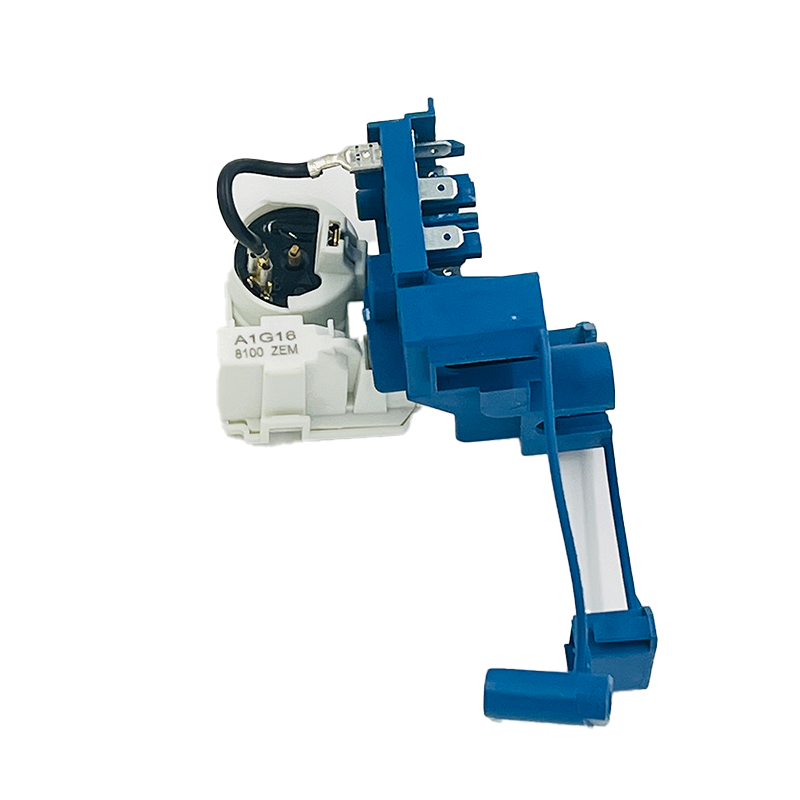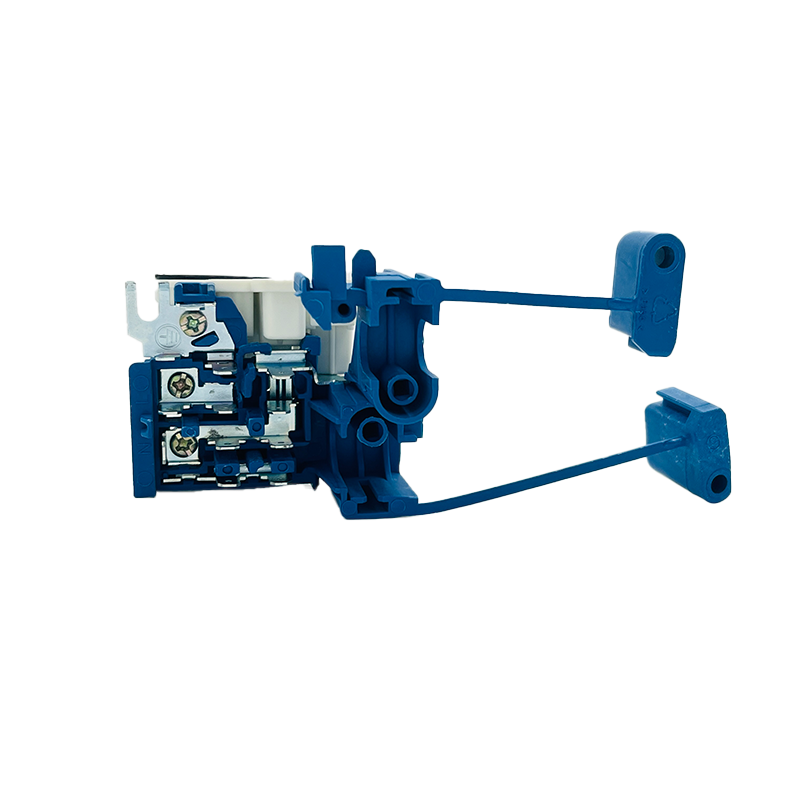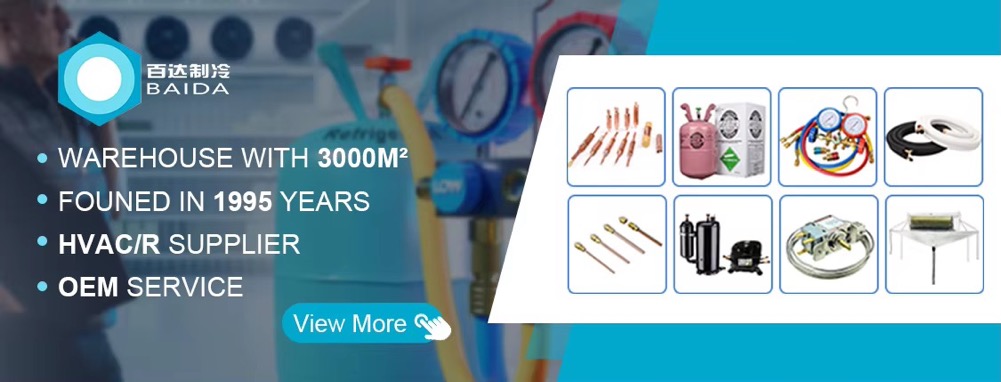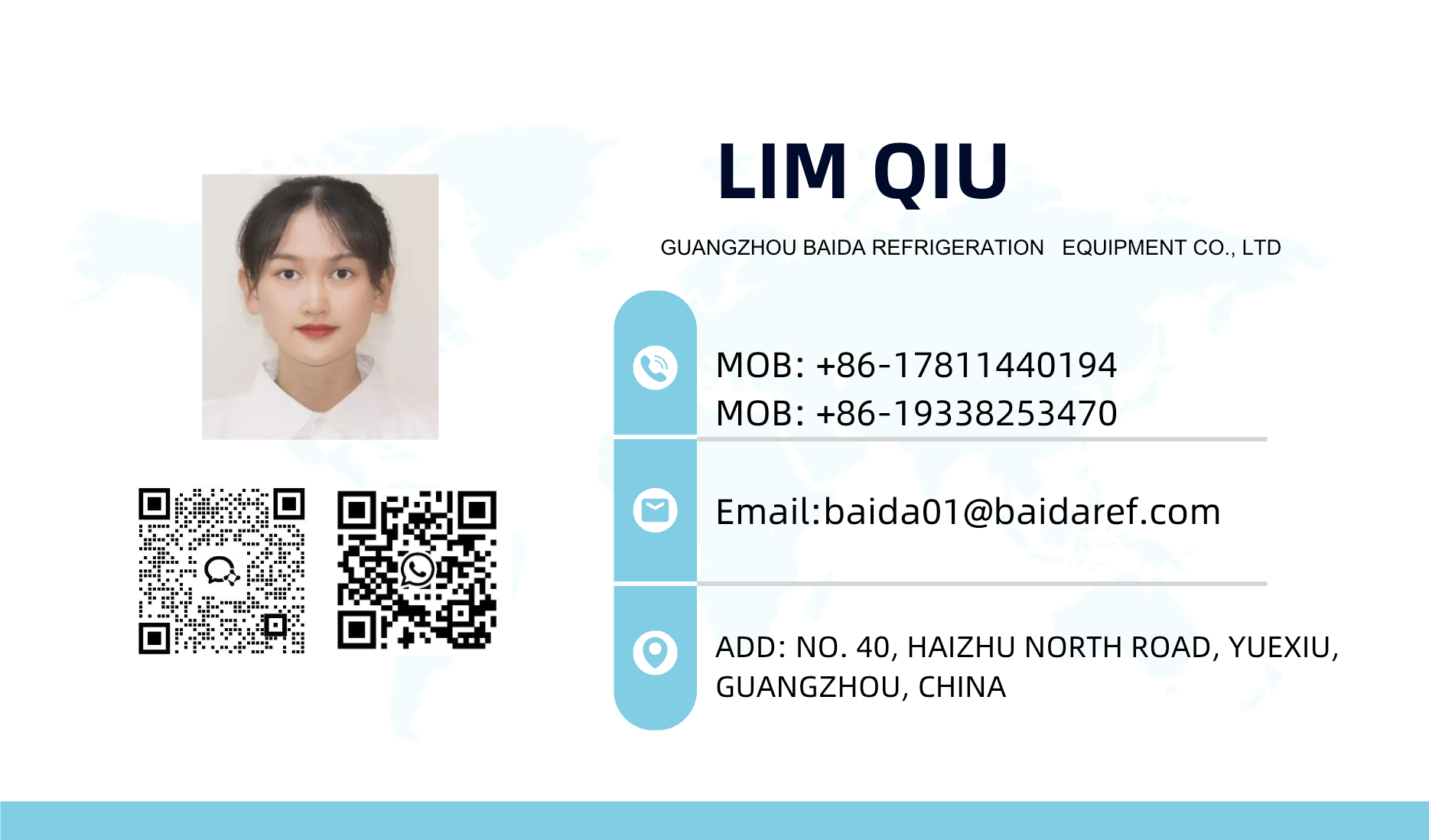A COMBINATION STARTER PROTECTER is an electrical device that combines the functions of a starter (for starting and stopping a motor) and a protector (for overload protection).
The following are some typical features and product descriptions of a combination starter protector:
Versatility: Integrates the functions of a starter and protector to control the starting and stopping of a motor while providing overload protection.
Overload protection: The built-in thermal overload relay can detect the current of the motor and automatically disconnect the circuit when the current exceeds the set value to prevent damage to the motor.

Control voltage: Usually suitable for a specific control voltage, such as 24V, 110V, 220V, etc., for controlling the starting and stopping of the motor.
Current range: Models with different current ranges are available to accommodate motors of different powers.
Manual reset: After an overload, it may be necessary to manually reset the protector to restore normal operation of the motor.
Automatic reset: Some models may have an automatic reset function, which automatically restores the circuit once the overload condition is removed.

Mounting method: Multiple mounting methods may be supported, such as direct mounting on the motor or mounting on a control panel.
Easy to operate: Simple design, easy to operate and maintain.
Durability: Made of durable materials, suitable for long-term use in industrial environments.
Safety standards: Meet international safety standards such as UL, CE, etc.
Model diversity: A variety of models are available to suit different application needs.
Indicator lights: Some models may include indicator lights to show the operating status of the motor or the fault status of the protector.










